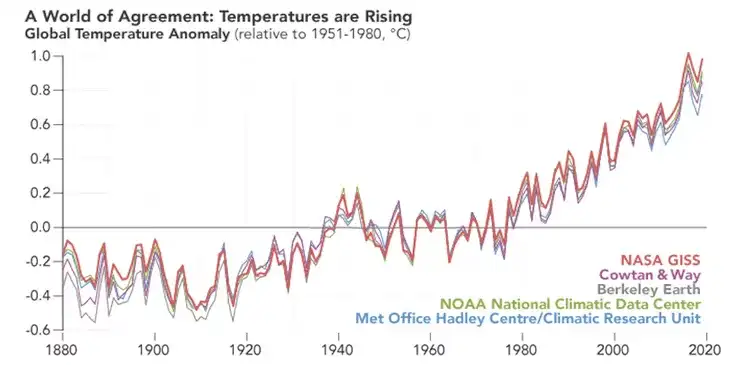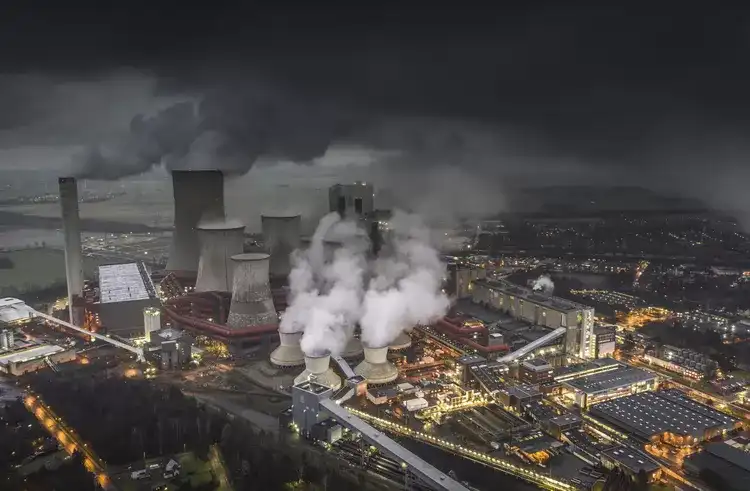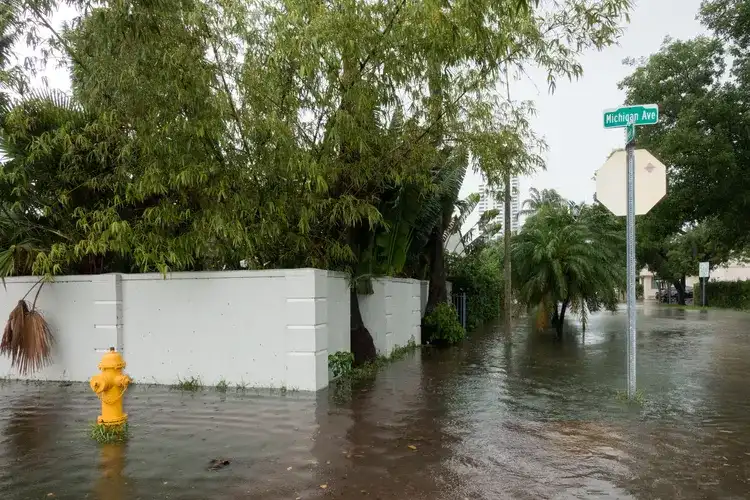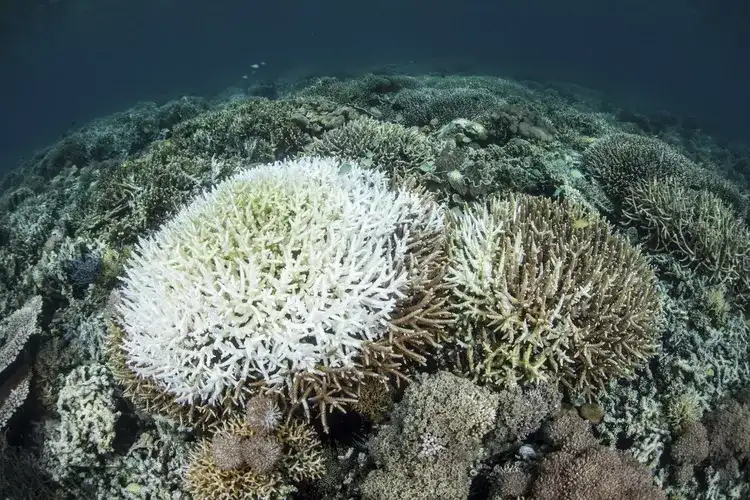The terms “global warming” and “climate change” are often used interchangeably but they are not identical. Global warming refers specifically to the rise in Earth’s surface temperatures, while climate change encompasses the broader impacts of that warming on weather, ecosystems, and long-term atmospheric patterns. Here’s how they differ, how they’re measured, and how one drives the other.
What Is Global Warming?
Global warming is defined as the long-term rise in the average temperature of Earth’s surface air and oceans. According to the Intergovernmental Panel on Climate Change (IPCC), this measurement is typically taken across a 30-year period to account for natural variability. The scientific consensus is that the planet’s temperature has increased rapidly in the past 50 years, with human activities especially the burning of fossil fuels being the primary cause.

How It’s Measured
Modern temperature records date back to 1880, with earlier data inferred from sources like tree rings, ice cores, sediment layers, and even historical records in journals. These “proxy” indicators help scientists map temperature trends across millennia. Instrumental data show that today’s temperature rise is sharper than in any comparable period of the past 800,000 years.
The Greenhouse Effect
Carbon dioxide (CO₂) and other greenhouse gases trap heat in Earth’s atmosphere. First identified in 1856 by American physicist Eunice Foote, the greenhouse effect is now a foundational concept in climate science. The accumulation of these gases particularly from burning coal, oil, and gas has thickened Earth’s natural “heat blanket.”

Human Influence
Since the Industrial Revolution, greenhouse gas emissions have skyrocketed. Coal, oil, and gas use have expanded exponentially, driving global warming to levels described by the IPCC as “unprecedented.” Human activity is now considered the dominant cause of observed warming since the mid-20th century.

What Is Climate Change?
Climate change refers to shifts in temperature, precipitation, wind patterns, and other elements of Earth’s climate system over a prolonged period. These changes can be both natural and anthropogenic, but in recent decades, human-driven global warming has become the primary catalyst.
Extreme Weather
One of the most visible effects of climate change is an increase in extreme weather events. Heatwaves, floods, hurricanes, droughts, and wildfires are becoming more frequent and more intense. Scientists use statistical models to assess the probability that global warming contributed to specific events.

Ecosystem Impacts
Climate change threatens biodiversity and the integrity of ecosystems. Coral reefs are dying due to ocean acidification. Peatlands are drying, releasing more carbon dioxide and creating feedback loops that worsen warming. These cascading effects push ecosystems toward tipping points, making recovery difficult or impossible.

How They’re Connected
Global warming is a primary driver of modern climate change. While warming measures temperature increases, climate change refers to the broader suite of disruptions caused by that warming such as rising sea levels, shifting weather patterns, and collapsing habitats.
Can climate change worsen even if global temperatures stabilize?
Yes. A stabilized temperature doesn’t reverse damage already done to ecosystems or atmospheric circulation. For example, deforested regions can dry out, triggering local climatic shifts regardless of broader global temperature stability.
If we cut emissions today, how soon will the climate respond?
According to the IPCC, measurable reductions in atmospheric CO₂ levels could be seen in 5–10 years. However, noticeable temperature stabilization or decline may take 20–30 years. This lag highlights the urgency of immediate action.
Understanding the distinction between global warming and climate change is critical for grasping the full scale of the environmental crisis. Global warming is about rising temperatures. Climate change is about everything that rising temperatures disrupt. Both demand our attention—and action—before the feedback loops of nature turn disruption into irreversible transformation.






